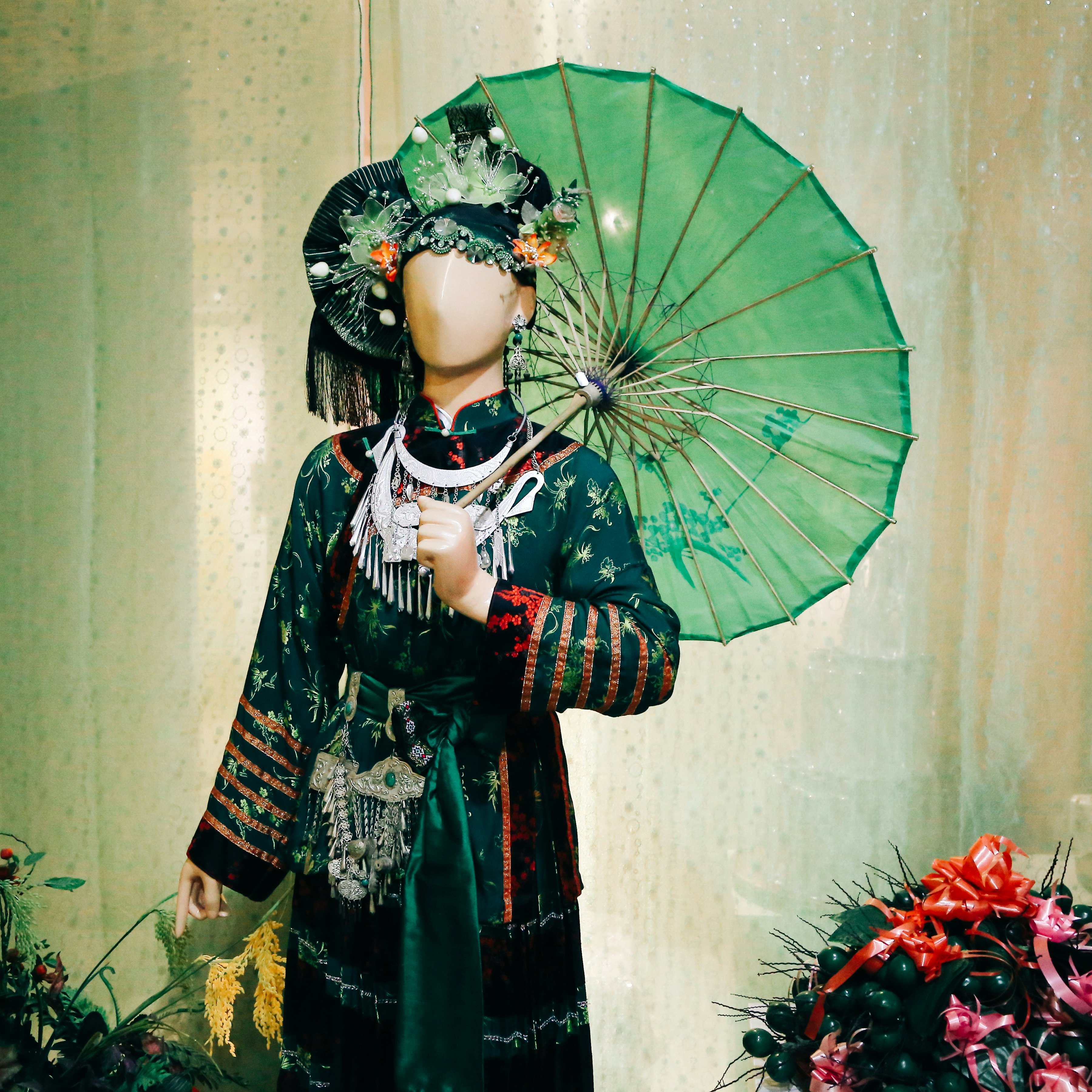
Overview
Vietnam's capital races to make up for time lost to the ravages of war and a government that as recently as the 1990s kept the outside world at bay. Its streets surge with scooters vying for right of way amid the din of constantly blaring horns, and all around, layers of history reveal periods of French and Chinese occupation – offering a glimpse into the resilience of ambitious, proud Hanoians.
Leave the planning to a local expert
Experience the real Hanoi. Let a local expert handle the planning for you.
Must-see attractions
Planning Tools
Expert guidance to help you plan your trip
Best Things to Do
Hanoi can be chaotic, messy and charming – and it’s never boring. Here are 18 ways to get to know the exciting Vietnamese capital.
Read full article
Get a book. Get inspired. Get exploring.
in partnership with getyourguide
















